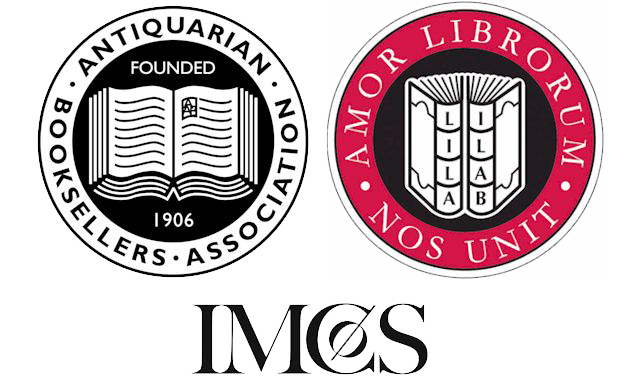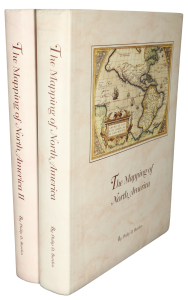Rare Maps and Prints
- World & Celestial
- North America
- West Indies, South & Central America
- British Isles
- British Isles
- English counties
- Large-scale
- Bedfordshire
- Berkshire
- Buckinghamshire
- Cambridgeshire
- Cheshire
- Cornwall
- Cumberland
- Derbyshire
- Devon
- Dorset
- Durham
- Essex
- Gloucestershire
- Hampshire
- Herefordshire
- Hertfordshire
- Huntingdonshire
- Islands
- Kent
- Lancashire
- Leicestershire
- Lincolnshire
- Middlesex
- Norfolk
- Northamptonshire
- Northumberland
- Nottinghamshire
- Oxfordshire
- Rutland
- Shropshire
- Somerset
- Staffordshire
- Suffolk
- Surrey
- Sussex
- Warwickshire
- Westmoreland
- Wiltshire
- Worcestershire
- Yorkshire
- Wales
- Scotland
- Ireland
- Western Europe
- Eastern Europe
- Middle East
- Africa
- Asia
- Australasia & Pacific
- Decorative Prints
- Title Pages
Mr. Philip D. Burden
P.O. Box 863,
Chalfont St. Giles, Bucks HP6 9HD,
UNITED KINGDOM
Tel: +44 (0) 1494 76 33 13
Email: enquiries@caburden.com
The early 1800s was a time of rapid change in the landscape with the burgeoning industrial revolution. Their surveys utilised the latest system of triangulation adopted by Colonel Mudge and his surveyors for the Ordnance Survey. Indeed, they were in open competition with them. The Greenwood maps were coloured as opposed to the more functional black and white Ordnance Surveys of the period.
Engraved in wonderful large scale at one inch to the mile, it differentiates between woods and plantations, heaths and commons, different types of waterway, roads and of course canals. Both watermills and windmills are identified indicating their significance to the local economy. Burgess (2009) no. 113; Rodger (1972) 241; Worms & Baynton-Williams (2011).
Map of the County of Kent from an Actual Survey made in the years 1819 and 1820, By C. Greenwood
SOLD








